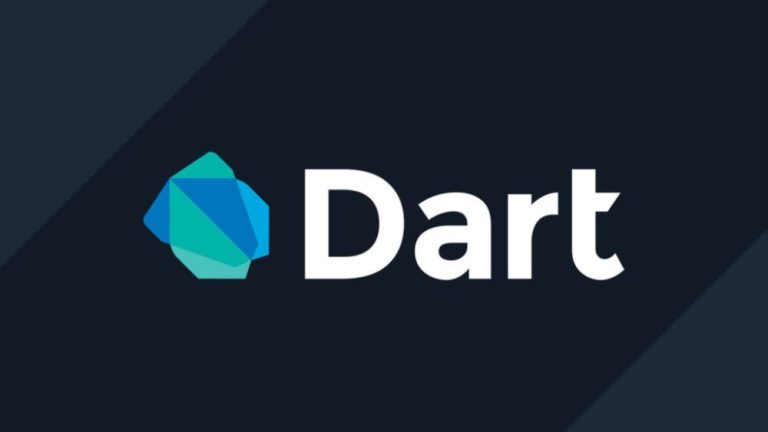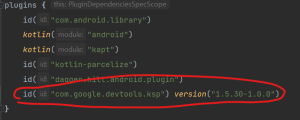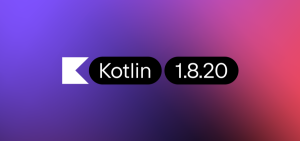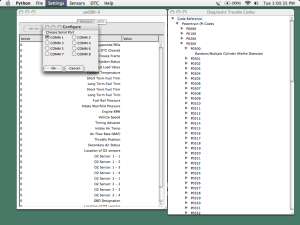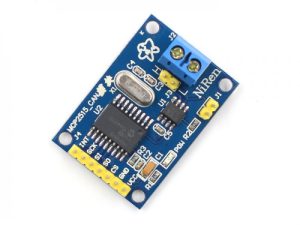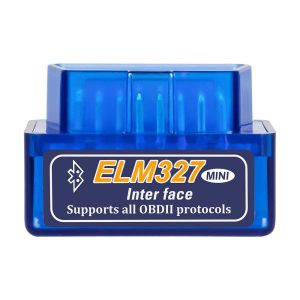In the world of programming, there are plenty of programming languages to choose from. One of the most versatile and interesting programming languages out there is Dart. Dart is an open-source, object-oriented, class-based programming language developed by Google. Dart is designed to be a general-purpose language that can be used for web and app development, server-side scripting, and command-line scripting.
What is Dart?
Dart is a programming language that was developed by Google in 2011. It was designed as a modern alternative to JavaScript and other scripting languages. Dart is object-oriented and class-based, meaning that it is structured around objects and classes that define the behavior and attributes of those objects. Dart is a compiled language, which means that code is compiled into machine code before it is executed.
One of the key benefits of Dart is that it is highly adaptable to different use cases. Dart can be used for front-end web development, back-end web development, mobile app development, and even command-line scripting. It is also highly compatible with other programming languages and frameworks, making it a versatile choice for developers.
Features of Dart
Dart comes with a number of powerful features that make it a compelling language for developers. Some of the key features of Dart include:
- A modern syntax: Dart has a syntax that is easy to read and understand. It is similar to other popular programming languages like Java, C++, and JavaScript, making it easy for developers to pick up and start using.
- Object-oriented: Dart is an object-oriented language, meaning that it is structured around objects and classes. This allows developers to create complex applications with ease.
- Garbage collection: Dart comes with built-in garbage collection, which makes it easy for developers to manage memory allocation and deallocation.
- Asynchronous programming: Dart supports asynchronous programming, which allows developers to write code that can handle multiple tasks at the same time.
- Hot reload: One of the unique features of Dart is its hot reload capability, which allows developers to quickly see changes to their code without needing to restart the application.
Benefits of Dart
Dart comes with a number of benefits that make it a compelling choice for developers. Some of the key benefits of Dart include:
- Versatility: Dart is a versatile language that can be used for a variety of different use cases, including web development, app development, and command-line scripting.
- Speed: Dart is a compiled language, which means that it can be optimized for fast execution times.
- Productivity: Dart’s modern syntax and built-in features like garbage collection and asynchronous programming make it a highly productive language for developers.
- Reliability: Dart is a reliable language that is designed to be easy to use and maintain.
- Compatibility: Dart is highly compatible with other programming languages and frameworks, making it a versatile choice for developers.
Use Cases for Dart
Dart can be used for a variety of different use cases, including:
- Web development: Dart can be used to build front-end web applications using the Flutter framework, or back-end web applications using the Aqueduct framework.
- Mobile app development: Dart is the primary language used to develop mobile applications with the Flutter framework. Flutter is a popular choice for mobile app development because it allows developers to create native-looking apps that work on both iOS and Android.
- Server-side scripting: Dart can be used for server-side scripting using the Aqueduct framework.
- Command-line scripting: Dart can also be used for command-line scripting, making it a versatile choice for developers who need to create scripts for automated tasks.

